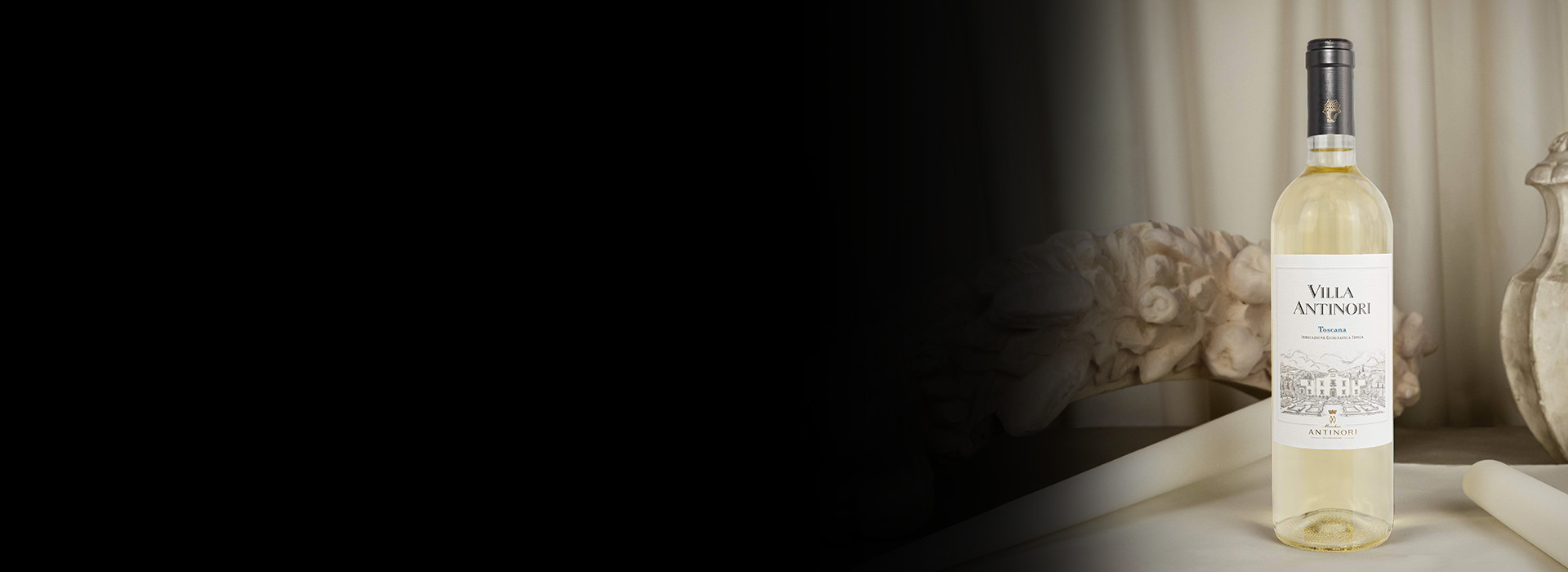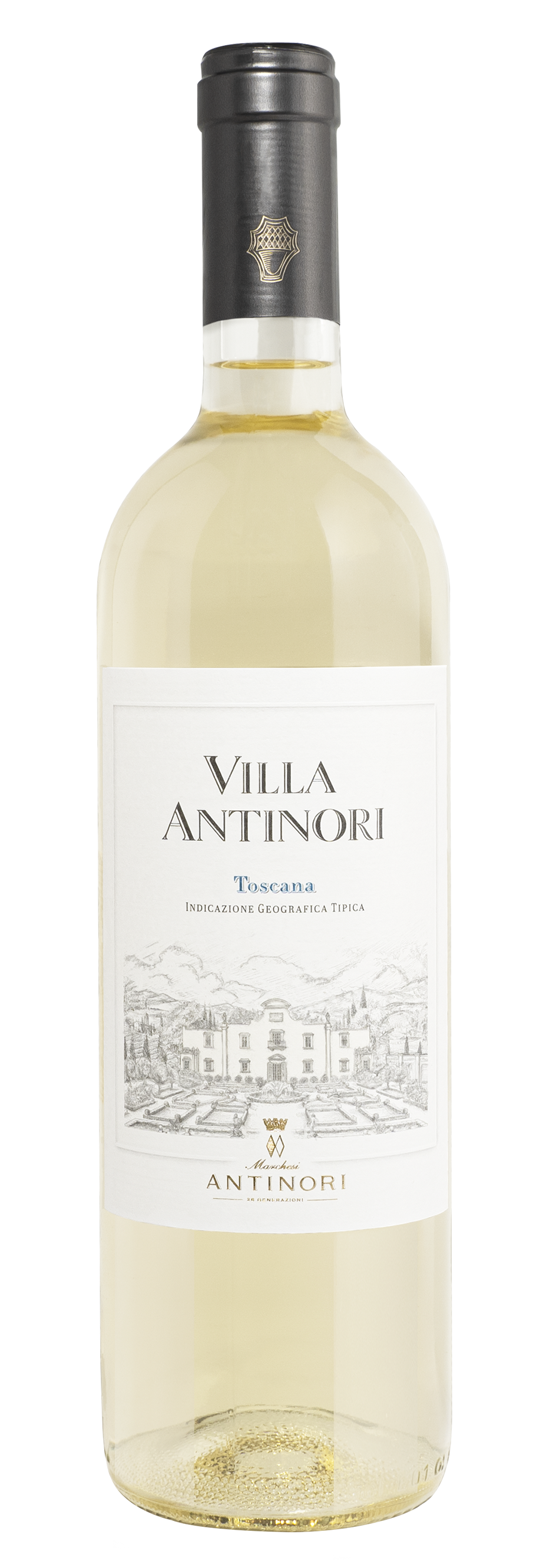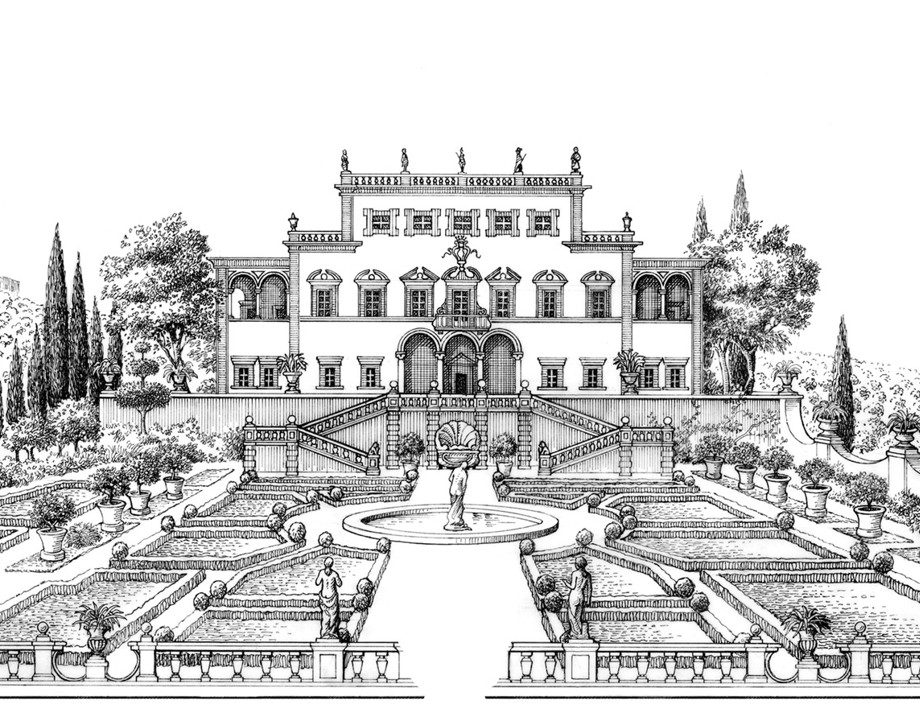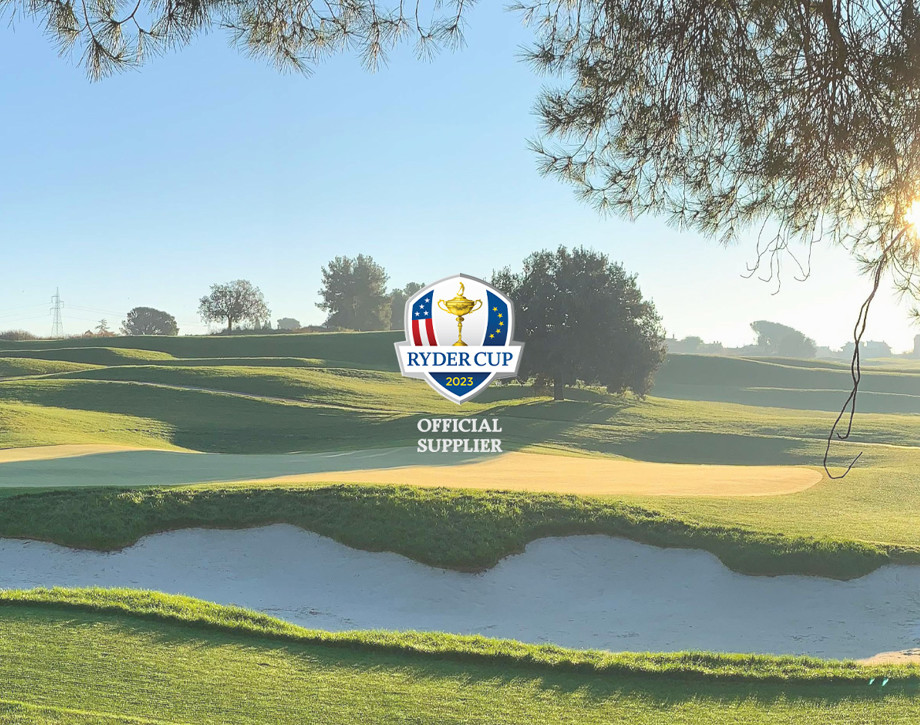Villa Antinori Bianco

Climate
The climate of the 2018 vintage was marked by a slight early lag in the growth and development of the vines, a delay then recovered by the time of bud burst. The successive phases of flowering and bud set were normal ones, assisted by mild temperatures and the excellent reserves of ground water in the soil during created in a spring which was somewhat rainy on the whole. The frequent rainfall which lasted from early March to early July were followed by sunny weather up until mid-August without, however, excessive heat or peak temperatures. The final fifteen days of the month were punctuated by occasional rainfall followed by days of fine weather with higher temperatures from September on. The harvest, which began during the final ten days of August with the Pinot Grigio, continued with the Pinot Blanc, Trebbiano, and Malvasia Toscana and concluded with the Rhine Riesling in early October.
Vinification
The harvested grapes were destemmed and then given a delicate pressing. The must was chilled to a temperature of 50° Fahrenheit (10° Centigrade) to assist a natural static settling of impurities; after 48 hours it went into stainless steel tanks where it fermented at a temperature held to a peak of 64° Fahrenheit (18° Centigrade). The wine was then held in stainless steel at a temperature of 50° Fahrenheit and the preparation of the wine for bottling was carried out in small lots in order to maintain both freshness and aromatic typicality.
Historical Data
Villa Antinori Bianco is one of the historic wines of the Antinori family. It was produced for the first time by Niccolò Antinori in the 1931 vintage and since then the label has remained virtually unchanged, as has the production philosophy, oriented towards a full representation of the wine’s source, the place where its grapes are cultivated.
Tasting Notes
Villa Antinori Bianco shows a straw yellow color with greenish highlights. The nose, fruity and floral, offers much finesse and elegance with notes of bananas, pineapple, white flowers, and candied fruit. The palate is balanced with a good persistence and savory mineral notes on the finish and aftertaste.

The Wine
A traditional white wine produced in 1931 by Marchese Niccolò Antinori. Villa Antinori Bianco IGT Toscana is a fine expression of the Tuscan territory by blending traditional white grapes with other varieties. The bouquet is fresh and elegant but with a marked character.

Climate
The climate of the 2018 vintage was marked by a slight early lag in the growth and development of the vines, a delay then recovered by the time of bud burst. The successive phases of flowering and bud set were normal ones, assisted by mild temperatures and the excellent reserves of ground water in the soil during created in a spring which was somewhat rainy on the whole. The frequent rainfall which lasted from early March to early July were followed by sunny weather up until mid-August without, however, excessive heat or peak temperatures. The final fifteen days of the month were punctuated by occasional rainfall followed by days of fine weather with higher temperatures from September on. The harvest, which began during the final ten days of August with the Pinot Grigio, continued with the Pinot Blanc, Trebbiano, and Malvasia Toscana and concluded with the Rhine Riesling in early October.
Vinification
The harvested grapes were destemmed and then given a delicate pressing. The must was chilled to a temperature of 50° Fahrenheit (10° Centigrade) to assist a natural static settling of impurities; after 48 hours it went into stainless steel tanks where it fermented at a temperature held to a peak of 64° Fahrenheit (18° Centigrade). The wine was then held in stainless steel at a temperature of 50° Fahrenheit and the preparation of the wine for bottling was carried out in small lots in order to maintain both freshness and aromatic typicality.
Historical Data
Villa Antinori Bianco is one of the historic wines of the Antinori family. It was produced for the first time by Niccolò Antinori in the 1931 vintage and since then the label has remained virtually unchanged, as has the production philosophy, oriented towards a full representation of the wine’s source, the place where its grapes are cultivated.
Tasting Notes
Villa Antinori Bianco shows a straw yellow color with greenish highlights. The nose, fruity and floral, offers much finesse and elegance with notes of bananas, pineapple, white flowers, and candied fruit. The palate is balanced with a good persistence and savory mineral notes on the finish and aftertaste.

Villa Antinori
Villa Antinori was first of all an idea, a plan that envisioned the winemaking process: research and development on one side and historical heritage on the other. Villa Antinori is an important corner stone as its name is associated with over 100 years of history. At the same time it represents ongoing progress. The one essential principle is continuous research for increasingly higher quality standards. This idea produced two different wines that share a common passion for quality: Villa Antinori Rosso and Villa Antinori Bianco. Villa Antinori was originally produced in 1928 by Marchese Niccolò Antinori as a Chianti Classico that could age and that would improve over time. Soon after, Villa Antinori was found in the most prestigious cellars in embassies, royal houses, important hotels and restaurants. In 1931, Villa Antinori Bianco was made from traditional Trebbiano grapes. In the 1980’s a small percentage of Chardonnay was added in order to give the wine better structure.

Ryder Cup Official Supplier
The historical Villa Antinori wine has been chosen as the Official Wine Supplier for the 2023 Ryder Cup in Rome, the world's greatest golf event. “Being a golfer myself, it's a source of great pride for me and my family to partner with the Ryder Cup for this very important sporting event. Being chosen to accompany the Ryder Cup along this journey with Villa Antinori, our most historical wine and a symbol of Tuscany and quality, perfectly pairs with the great history and significance of this event. Created just one year apart, both Villa Antinori and the Ryder Cup have been sharing the same values and excellence for almost 100 years.” Cit. Piero Antinori, Honorary President of Marchesi Antinori. Visit the website | rydercup.com



















